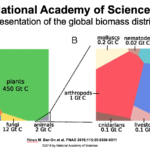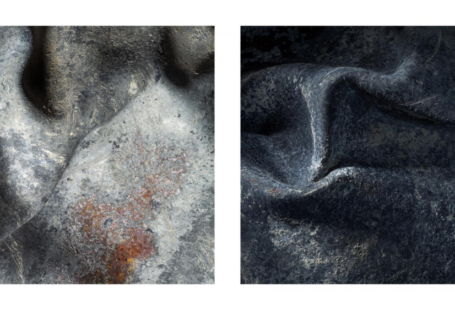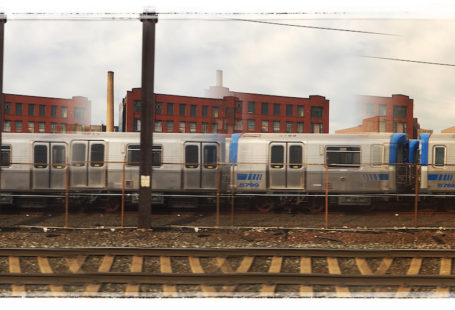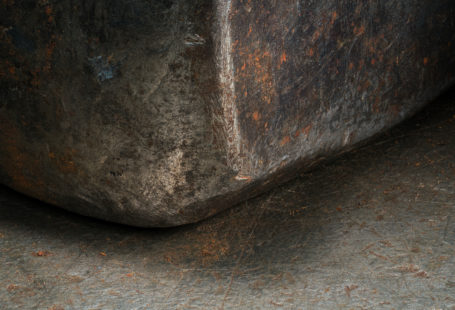I have stayed in contact with a few of my favorite professors at the Rochester Institute of Technology from 30 years ago (shhh … yes … it was that many years). One of them is Willie Osterman, who teaches his students more about life than about photography (although he certainly teaches that extremely well). Willie is the Director of the Fine Art Photography Program at RIT. In 2018, he led a one-day workshop at Center for Photographic Art in Carmel California titled “The Therapeutic Camera.” I had watched at how Willie documented he’s wife’s cancer treatments in his Chemo Toxic project and his own challenges with aging in his stunning work I Am That. At the same time, I was using photography to get through my own battle with physical pain and was interested in exploring the relationship between art and healing. Willie was using his experience as the foundation of his workshop and I knew I should attend. Unfortunately, my body wasn’t ready for a trip across the country – Carmel was simply too far away.
He then shared the news that he was turning his curriculum into a week-long workshop at the Anderson Ranch in Snowmass, Colorado this summer and I knew I had to find a way to attend. I’m not sure what my goals were but part of my motivation was like racing to the finish line and hoping for physical healing. In fact, I had another surgery this past winter with a difficult recovery. My wife and I had made plans to travel to Colorado but we nearly canceled weeks away from the workshop. While I knew I needed to attend, I had no idea the physical toll it would take on my body.
Suffice it to say, we made the trip. Interestingly, I’m not quite sure if any of the attendees were able to articulate exactly why they were attending or what they expected to get out of the workshop. Was it for their own therapy or to use photography therapeutically for others? What was clear is that each and every one had their own personal stories and challenges and a desire to transcend their personal pain to help themselves, one another, and to use photography to help inspire and heal others. Dry eyes were hard to find during the workshop and I applaud Willie for creating a safe environment for the attendees to reflect and grow through lectures, discussions, assignments and outings.
Unlike many workshops, the goal wasn’t to create artistic masterpieces. It was simply to get us to think deeply about ourselves, how our life’s experiences impact our art, finding inspiration, and developing creative rituals. Hopefully, new creative projects would germinate from that foundation. One assignment, the morning ritual, repeated itself throughout the week. Many of us started with the literal … brushing teeth … and ended with the conceptual. I don’t know how Willie did it and whether that was his intention, but there was a clear transformation that occurred amongst the attendees.
In my series below, I focused on a ritual that is often not my choosing but one that I cherish whenever it visits. It’s a restlessness and calm in those early hours where clarity visits my mind before pain takes over when I wake. I started with some written words the night before and then woke at dawn to illustrate them.

We also explored our childhood memories and did some self-portrait work. I don’t like to be photographed, so my portrait was of my shadow. The left side is how I see myself, a deep interest in patterns and abstractions, and the right is how I think others see me. It’s all open to interpretation but it’s the exploration that is most important.
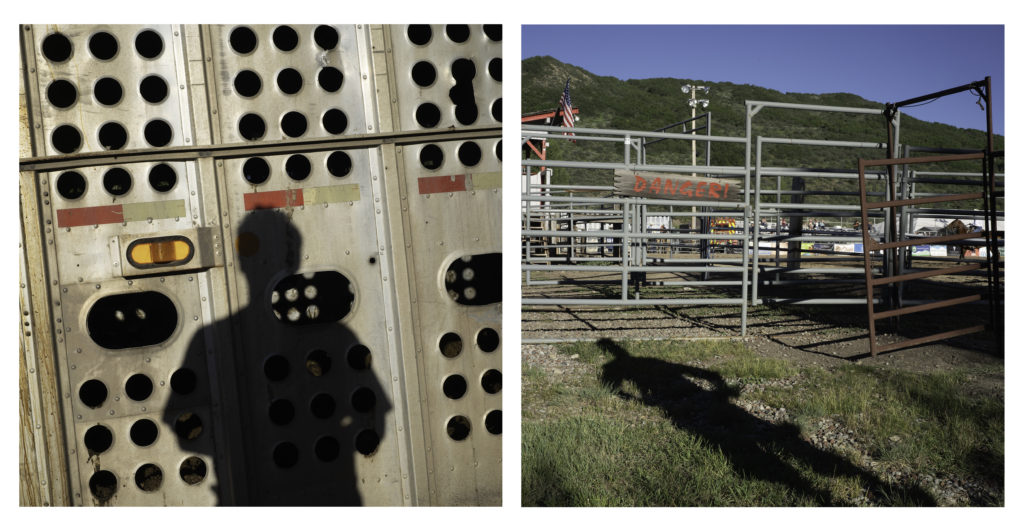
There was a lot more to the workshop, but I’ll leave that discovery to those who chose to attend future versions of it (hopefully, Willie will do many more in the years to come). I also want to acknowledge how incredible my experience was at the Anderson Ranch. It’s a very special place for artists to learn. The facilities were impeccable, the staff amazing and professional, even the food was outstanding. In addition to Willie’s workshop, we attended several incredible and insightful lectures. One lecture was by the world-famous performance artist and provocateur, Paul McCarthy. He left little to the imagination, but clearly conveyed that artists shouldn’t hold back in their pursuit of artistic expression. Having access to Paul and the other guest lecturers was a gift. The Anderson Ranch is definitely on my short list for future workshops.
